How to Make Graph Paper in Excel
Written by
Reviewed by
Last updated on August 21, 2023
This tutorial demonstrates how to make graph paper in Excel.
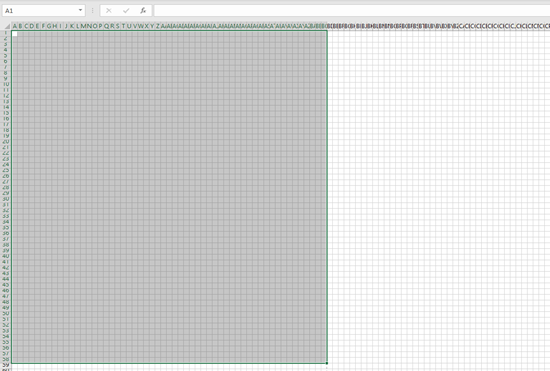
If you wish to print graph paper from Excel, adjust cell width and height and change print margins.
Adjust the Size of All Cells
The first step is to change the dimension of cells in the worksheet. To adjust the height of all cells:
- Select all cells in the worksheet by clicking the arrow in the upper-right corner (or pressing CTRL + A).
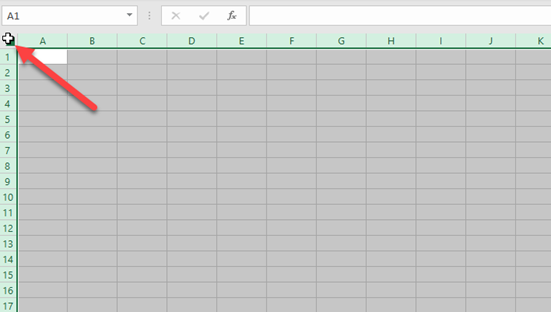
- Now, in the Ribbon, go to Home > Format and choose Row Height…
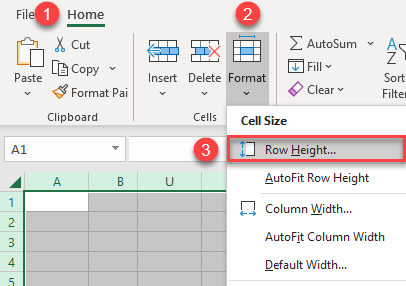
- In the pop-up window, enter a Row height of 9 and click OK.
Now the height of all cells in the current worksheet is set to 9.
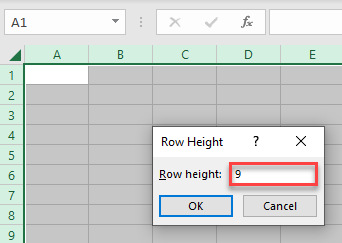
- Next, adjust the width of all cells. Select all cells in the worksheet, and then in the Ribbon, go to Home > Format and choose Column Width…
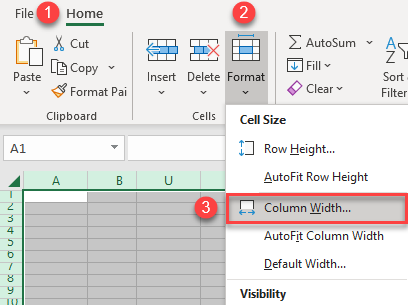
- In the pop-up window, type in 1 and click OK.
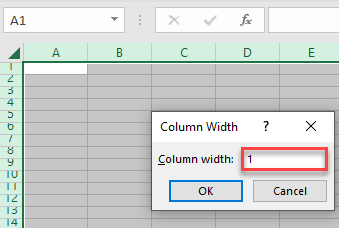
As a result, all cells have the same width and height. To proceed to print, set up the page layout.
Page Setup: Margins and Gridlines
First, change the margins of the document.
- In the Ribbon, go to Page Layout > Margins and choose Custom Margins…
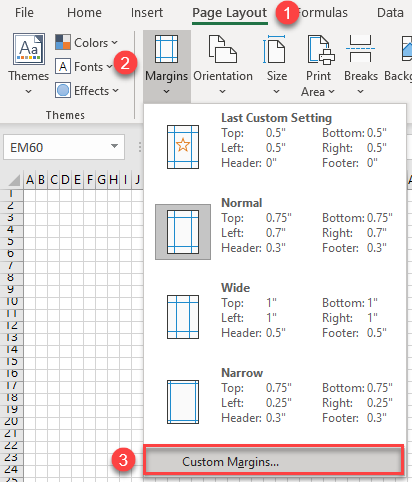
-
- This brings up the Page Setup dialog box to the Margins tab. Here, set Top, Left, Bottom, and Right to 0.5 and Header and Footer to 0. Also, tick Horizontally and Vertically under Center on page.
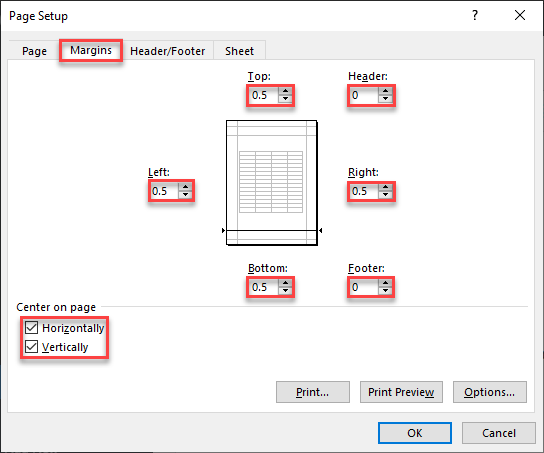
-
- Then go to the Sheet tab, and under Print, check Gridlines. Now we’ve enabled the printing of gridlines, which is necessary for printing graph paper.
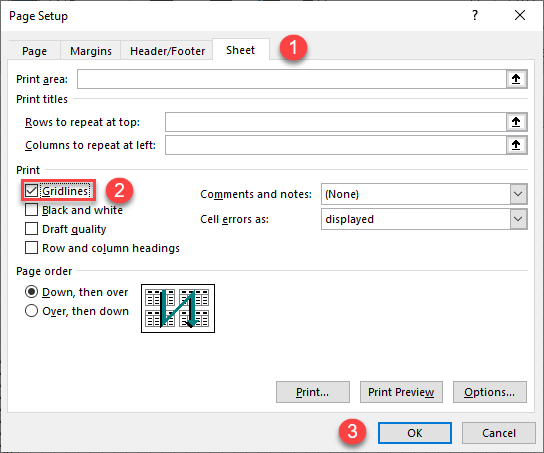
Print Graph Paper
After making the changes above, you can print the document.
- Select the page range in the worksheet.
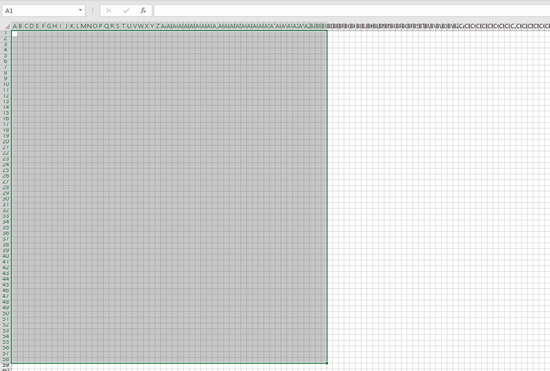
- In the Ribbon, go to File > Print.
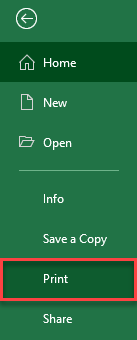
- Under Settings, in the first option, instead of default Print Active Sheets, choose Print Selection. This prints just the selection from the worksheet.
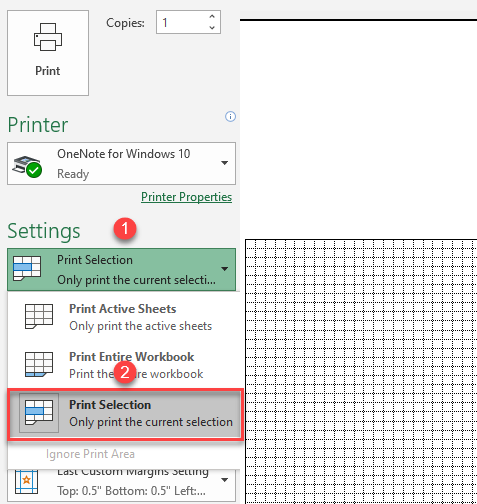
The result is a sheet of graph paper available for printing in Excel, as you can see in Print Preview.

